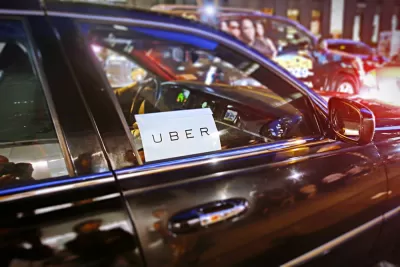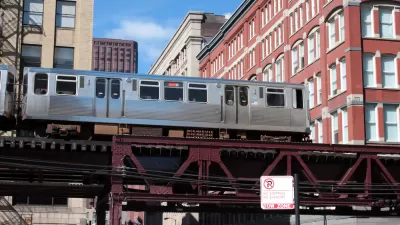Low-cost Uber and Lyft services helped some neighborhoods thrive, making them more accessible. Now these same neighborhoods are feeling the pinch as high ride-hailing costs push customers to stay closer to home.

After years of operating at unsustainably low costs, ride-hailing companies Uber and Lyft are hiking prices, making some neighborhoods less accessible than they once were. “A dwindling supply of drivers, rising interest rates and the decline of cash infusions from patient venture capitalists has squeezed those apps, leading outlets like Slate to declare in May that ‘The Decade of Cheap Rides Is Over,’” writes Jacob Wallace in Bisnow.
Now, businesses in neighborhoods popular with ride-hailing customers are noticing the impact as consumers make more judicious decisions about their transportation habits. “These changing behaviors have meant businesses in those neighborhoods are struggling to bring their customers back, and in some cases closures are forcing landlords to contend with vacant spaces.” Meanwhile, public transit agencies, rather than introduce service in areas where Uber and Lyft were filling the gap, focused their resources on boosting service frequency and reliability on popular lines, leaving transit-poor neighborhoods to fall by the wayside.
The article profiles some Washington, D.C. businesses that are struggling or have closed in the wake of rising transportation costs and reduced foot traffic. Some are considering a move to more transit-oriented neighborhoods, where real estate may cost more, signaling a potential return of these newly-gentrifying areas to their more industrial pasts.
FULL STORY: As Uber And Lyft Prices Rise, Some Neighborhoods May Fall

Montreal Mall to Become 6,000 Housing Units
Place Versailles will be transformed into a mixed-use complex over the next 25 years.

Planetizen Federal Action Tracker
A weekly monitor of how Trump’s orders and actions are impacting planners and planning in America.

DARTSpace Platform Streamlines Dallas TOD Application Process
The Dallas transit agency hopes a shorter permitting timeline will boost transit-oriented development around rail stations.

Study: 4% of Truckers Lack a Valid Commercial License
Over 56% of inspected trucks had other violations.

Chicago Judge Orders Thousands of Accessible Ped Signals
Only 3% of the city's crossing signals are currently accessible to blind pedestrians.

Philadelphia Swaps Car Lanes for Bikeways in Unanimous Vote
The project will transform one of the handful of streets responsible for 80% of the city’s major crashes.
Urban Design for Planners 1: Software Tools
This six-course series explores essential urban design concepts using open source software and equips planners with the tools they need to participate fully in the urban design process.
Planning for Universal Design
Learn the tools for implementing Universal Design in planning regulations.
City of Mt Shasta
City of Camden Redevelopment Agency
City of Astoria
Transportation Research & Education Center (TREC) at Portland State University
US High Speed Rail Association
City of Camden Redevelopment Agency
Municipality of Princeton (NJ)




























